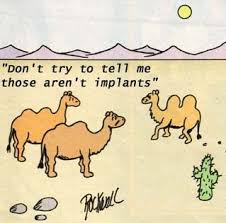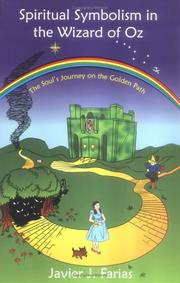
Icy Sparks is the sad, funny and transcendent tale of a young girl growing up in the mountains of Eastern Kentucky during the 1950's. Gwyn Hyman Rubio's beautifully written first novel revolves around Icy Sparks, an unforgettable heroine. At the age of ten, Icy, a bright, curious child orphaned as a baby but raised by adoring grandparents, begins to have strange experiences. Try as she might, her "secrets" — verbal croaks, groans, and physical spasms-keep afflicting her. As an adult, she will find out she has Tourette's Syndrome, a rare neurological disorder, but for years her behavior is the source of mystery, confusion, and deep humiliation.
Narrated by a grown up Icy, the book chronicles a difficult, but ultimately hilarious and heartwarming journey, from her first spasms to her self-acceptance as a young woman. Curious about life beyond the hills, talented, and energetic, Icy learns to cut through all barriers-physical, mental, and spiritual-in order to find community and acceptance.
Along her journey, Icy faces the jeers of her classmates as well as the malevolence of her often-ignorant teachers-including Mrs. Stilton, one of the most evil fourth grade teachers ever created by a writer. Called willful by her teachers and "Frog Child" by her schoolmates, she is exiled from the schoolroom and sent to a children's asylum where it is hoped that the roots of her mysterious behavior can be discovered. Here Icy learns about difference-her own and those who are even more scarred than she. Yet, it isn't until Icy returns home that she really begins to flower, especially through her friendship with the eccentric and obese Miss Emily, who knows first-hand how it feels to be an outcast in this tightly knit Appalachian community. Under Miss Emily's tutelage, Icy learns about life's struggles and rewards, survives her first comical and heartbreaking misadventure with romance, discovers the healing power of her voice when she sings, and ultimately-takes her first steps back into the world.
Icy Sparks is a fresh, original, and completely redeeming novel about learning to overcome others' ignorance and celebrate the differences that make each of us unique.







